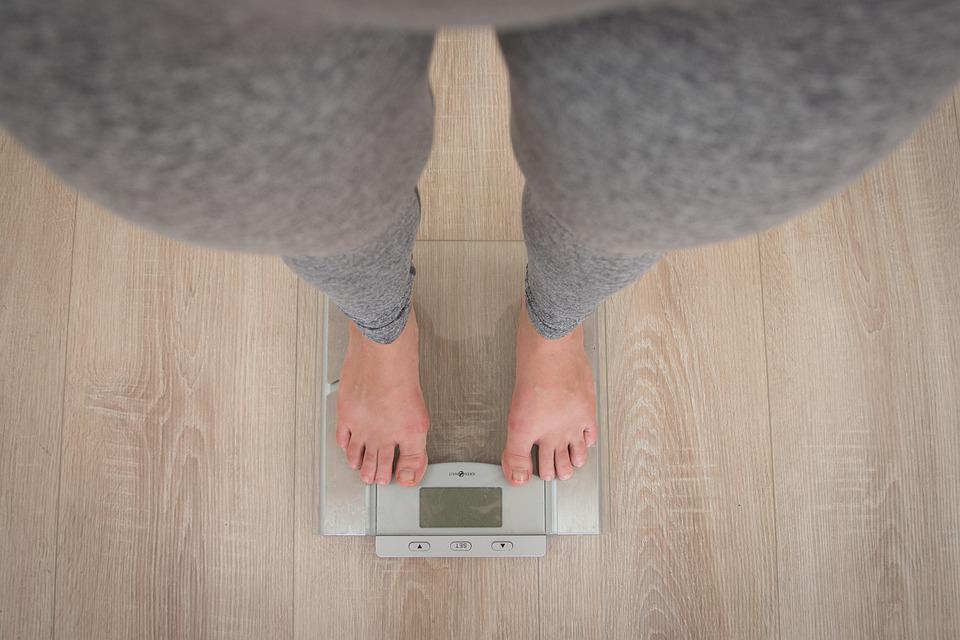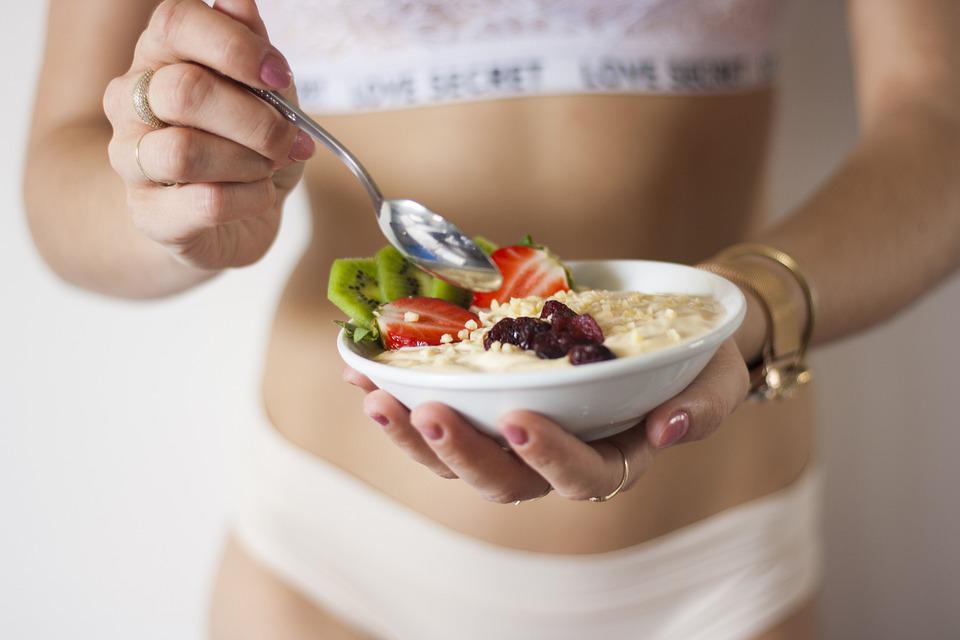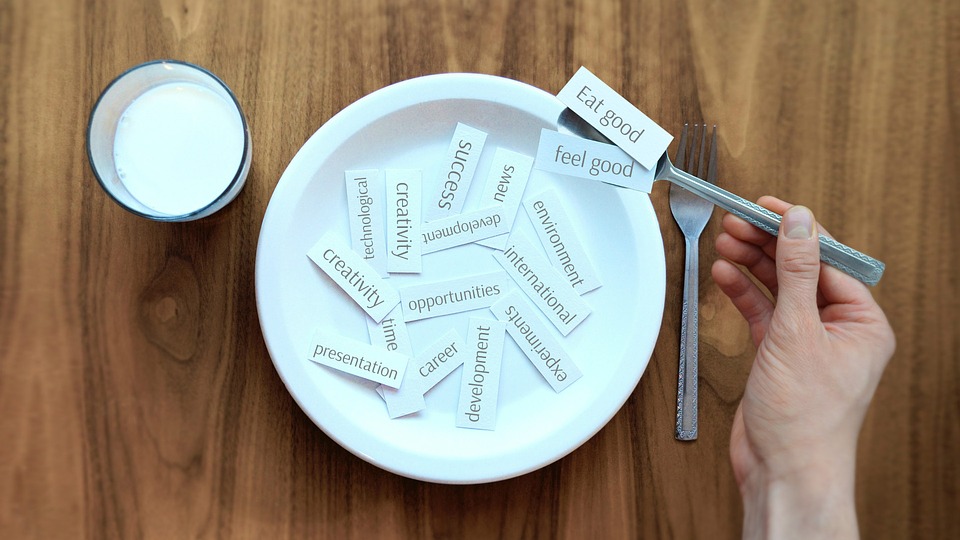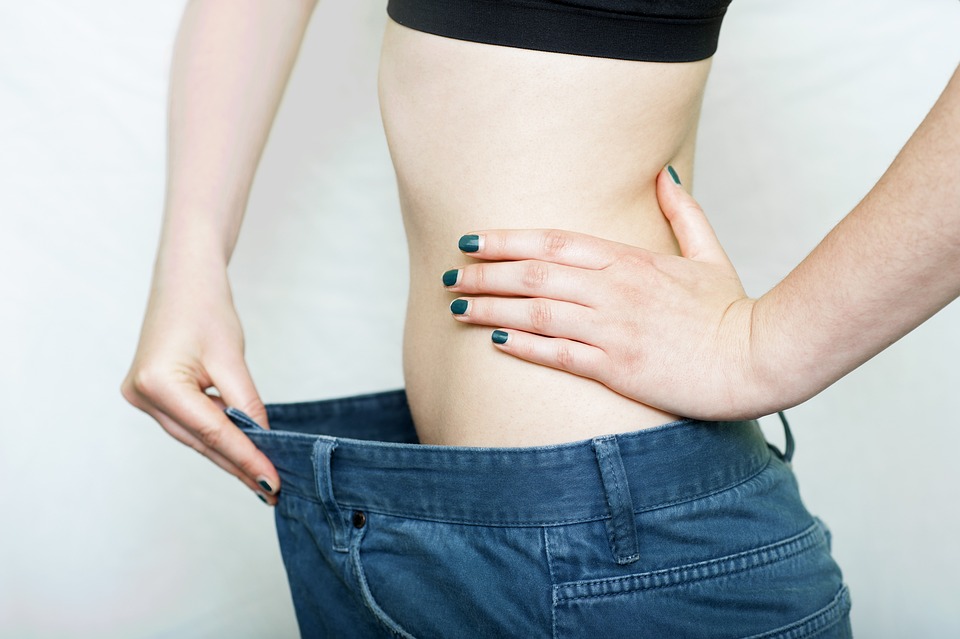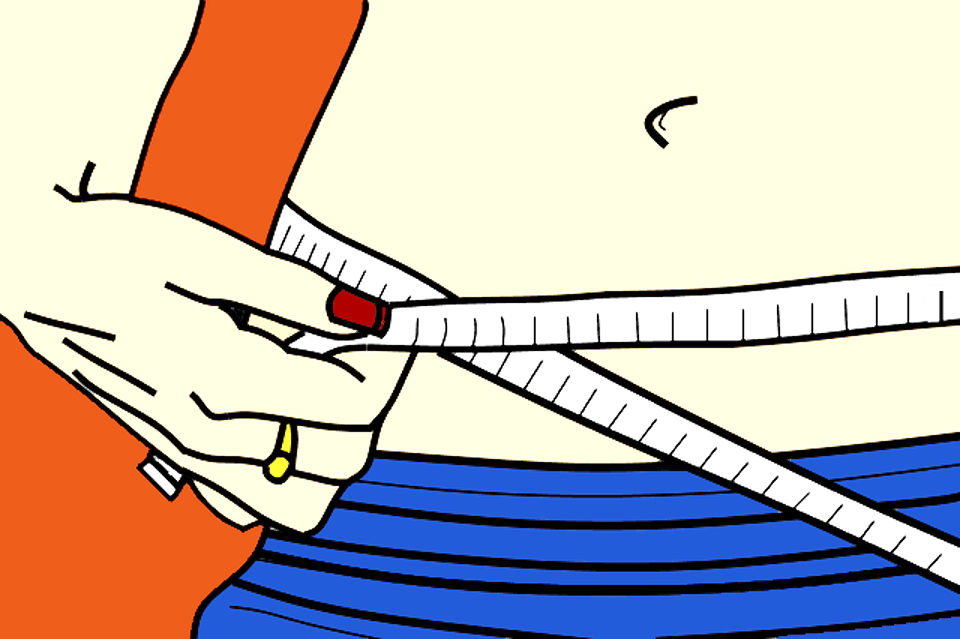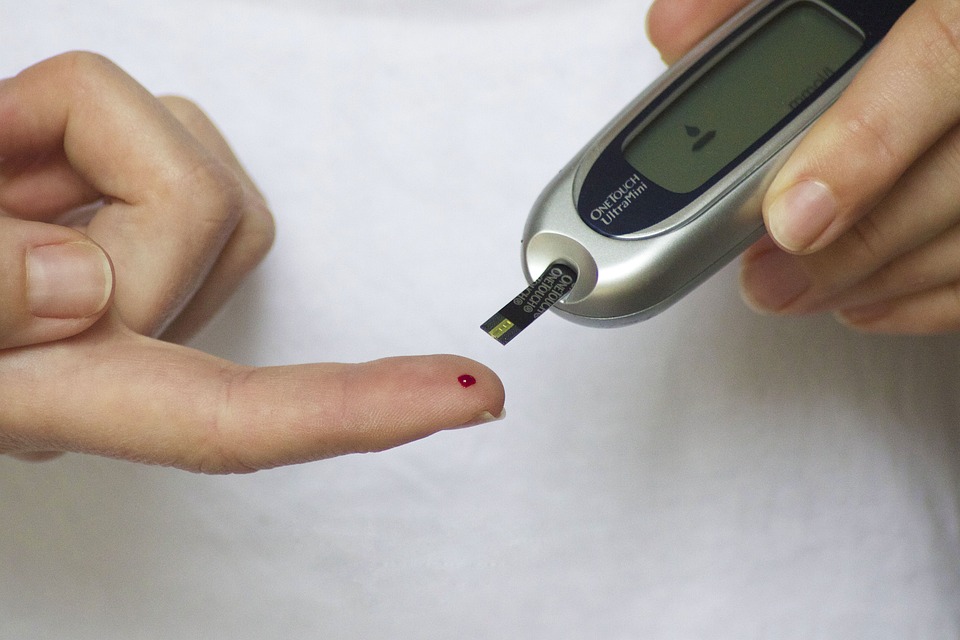
If you have diabetes, you can control it by eating healthy foods. Eating healthy foods can also help you prevent diabetes. You can still enjoy your food without feeling hungry or deprived by following these tips.
What’s the best diet for diabetes?
You do not need any special foods if you are trying to control or prevent diabetes, your nutritional needs are the same as everyone else. You need to pay attention to the carbohydrates you eat. The best way to prevent heart disease is to follow a heart-healthy diet and to lose weight.
Just by losing a small amount of weight, you can impact your health in a big way by lowering your blood sugar, blood pressure, and cholesterol levels. If you want to improve your mood, energy, and sense of well-being, you should try to lose weight and eat healthier. People with diabetes have a greater risk of developing heart disease and mental health disorders, such as depression.
In most cases, type 2 diabetes can be prevented and even reversed. Even if you have been diagnosed with diabetes, it is not too late to make healthier choices. You can improve your symptoms by eating healthier, being more physically active, and losing weight. You can still enjoy your favorite foods while taking steps to prevent or control diabetes by eating a balanced diet that is also delicious and will give you more energy and improve your mood. You do not need to give up all sweets or eat boring food for the rest of your life.
The biggest risk for diabetes is belly fat.
The leading risk factor for type 2 diabetes is being overweight or obese. However, you are more likely to develop health problems if you are overweight and most of your excess fat is around your waist rather than your hips and thighs. A lot of the fat around our abdominal organs and liver is closely linked to insulin resistance. You are at an increased risk of developing diabetes if you are:
- A woman with a waist circumference of 35 inches or more
- A man with a waist circumference of 40 inches or more
Foods and drinks that contain fructose are more likely to cause weight gain around your abdomen. Reducing your intake of sugary foods can help you lose weight and lower your risk of developing diabetes.
Planning a diabetes diet
A diabetic diet can be simple, and you can still eat your favorite foods. The first step to smarter choices regarding food and diabetes is to dispel the myths and have accurate information.
Myths and facts about diabetes and diet
Myth: You must avoid sugar at all costs.
You can still enjoy your favorite treats as long as you are mindful of the sugar content and plan accordingly. You don’t have to cut out dessert altogether, as long as it fits into a healthy diet.
Myth: You have to cut way down on carbs.
The type of carbohydrates you eat and the serving size is key. Whole grain carbs are better than starchy carbs because they have more fiber and are digested slowly, which helps to keep blood sugar levels even.
Myth: You’ll need special diabetic meals.
The principles of healthy eating are the same for everyone, whether or not you have diabetes. Expensive diabetic foods generally offer no special benefit.
Myth: A high-protein diet is best.
A study has shown that eating a lot of animal protein can make insulin resistance worse, which is a problem for people who have diabetes. A healthy diet includes protein, carbohydrates, and fats. Our bodies need all three to function properly. The key is a balanced diet.
Eat more
- Healthy fats from nuts, olive oil, fish oils, flax seeds, or avocados.
- Fruits and vegetables—ideally fresh, the more colorful the better; whole fruit rather than juices.
- High-fiber cereals and bread made from whole grains.
- Fish and shellfish, organic chicken or turkey.
- High-quality protein such as eggs, beans, low-fat dairy, and unsweetened yogurt.
Eat less
- Packaged and fast foods, especially those high in sugar, baked goods, sweets, chips, and desserts.
- White bread, sugary cereals, refined pasta, or rice.
- Processed meat and red meat.
- Low-fat products that have replaced fat with added sugar, such as fat-free yogurt.
Choose high-fiber, slow-release carbs
The type of carbohydrates you eat has a big impact on your blood sugar levels. You need to be smart about which carbohydrates you choose to eat. You should avoid eating too many refined carbs like white bread, pasta, and rice. You should also avoid soda, candy, packaged meals, and snack foods. Focus on high-fiber complex carbohydrates—also known as slow-release carbs. This prevents your body from producing too much insulin because they are digested more slowly.
What about the glycemic index?
High GI foods cause your blood sugar to rise quickly, while low GI foods have the smallest effect on blood sugar. The glycemic index (GI) has been long promoted as a way to help manage blood sugar levels, but there are some significant drawbacks to using it.
- The true health benefits of using the GI remain unclear.
- Having to refer to GI tables makes eating unnecessarily complicated.
- The GI is not a measure of a food’s healthfulness.
- Research suggests that by simply following the guidelines of the Mediterranean or other heart-healthy diets, you’ll not only lower your glycemic load but also improve the quality of your diet.
Be smart about sweets
A diabetic diet does not mean eliminating sugar entirely, but most of us consume more sugar than is necessary. Although you have to be careful with your sugar intake, you can still enjoy a small serving of your favorite dessert every once in a while. The key is moderation.
Cutting sugar out of your diet entirely can be difficult, so it may be helpful to reduce your intake gradually. This will give your taste buds time to get used to the change and may make it easier to stick to your new eating habits.
Do not eat bread (or rice or pasta) if you want dessert. If you’re planning to eat sweets at a meal, be mindful of how many other carb-heavy foods you’re consuming. Try to cut back on those foods so that you don’t end up consuming too many carbohydrates.
Add some healthy fat to your dessert. Fat does not metabolize as quickly as carbohydrates, so it does not cause as large of a spike in blood sugar levels. Although you may be tempted, you should not give in to the urge to eat donuts. Some examples of healthy fats include peanut butter, ricotta cheese, yogurt, and nuts.
It is best to eat sweets as part of a meal rather than as a stand-alone snack. When eaten alone, sweets will cause your blood sugar to rise. If you eat carbohydrates with other healthy foods, your blood sugar will not rise as rapidly.
When you eat dessert, truly savor each bite. How often have you eaten more than you intended to because the food was there in front of you? Can you really say that you enjoyed each bite? Make your indulgence worthwhile by savoring it slowly and appreciating the flavors and textures. You will enjoy the food more if you eat slowly, and you are less likely to overeat.
Healthy Baking Tips for People With Diabetes
moderation is key, especially if you have diabetes and are trying to keep your blood sugar levels stable.
With these tips, you can ensure that your baking is accommodating to those with diabetes, so they can still enjoy an occasional treat.
1. Trade Unhealthy Sources of Fat for Healthy Ones
Butter is a baking staple. One tablespoon of Land O Lakes butter contains around seven grams of saturated fat, which can be a problem for people with diabetes who need to limit their intake of such fats. According to the AHA, consuming high amounts of saturated fat can increase your risk of developing heart disease. People who have diabetes are more likely to develop heart disease than people who don’t have diabetes, according to the Centers for Disease Control and Prevention (CDC).
Use olive oil, canola oil, or avocado oil instead of butter. These are healthier fat sources. The ADA states that these fats are beneficial for lowering heart disease risk.
Try using these oils instead of butter, using the same amount of oil as you would butter. You should be aware that liquid fats don’t always have the same effect as solid fats in some baked goods, like pie crusts. This means you might not get the light and fluffy texture you would expect with butter, according to Brittany Poulson, RDN, CDCES, the Grantsville, Utah-based author of The Healthy Family Cookbook.
If you want to avoid using oil, you could try replacing it with mashed avocado, pumpkin puree, Greek yogurt, or even nut butter. Poulson says that avocados are a good choice for chocolate baked goods because the green color is hidden by the chocolate, and the flavors go well together.
2. Get Creative With Natural Sweeteners
It can be difficult to bake without sweeteners. I’m glad to hear that there are better options than table sugar for people with diabetes.
Applesauce or mashed bananas can be used instead of baking sugar at a 1:1 ratio. In addition to not containing any added sugars, they also bring vitamins, minerals, and nutrients like fiber to baked goods. Poulson stated that fiber can help to decrease the amount of sugar in the blood.
Other syrups that can be used instead of table sugar are honey and maple syrup, although the ratio is not 1:1. These syrups are not as beneficial for people with diabetes as unsweetened applesauce or bananas. To substitute honey for table sugar, use half to two-thirds as much honey as the recipe calls for sugar. This means that for every 1 cup of honey you use, you should subtract a quarter of a cup of liquid and add half a teaspoon of baking soda.
If a recipe calls for brown sugar, maple syrup is a good substitute. Maple syrup can be used as a one-to-one replacement for sugar in most recipes, though you may need to reduce the amount of liquid used by 3 to 4 tablespoons.
Although honey and maple syrup are natural sugars, they still can cause blood sugar levels to rise. However, Poulson says that these sugars don’t raise blood glucose as quickly. They also have the benefit of offering antioxidants like flavonoids and phenolic acids, which is something that white and brown sugar don’t provide.
3. Experiment With Sugar Substitutes
You can use artificial sweeteners in baking if you have diabetes. There are a few different options you can choose from when it comes to sugar substitutes, such as stevia, monk fruit, or sugar alcohols like xylitol or erythritol. What are you looking for? You can find it in liquid, granule, or powder form.
Poulson says that, Unlike substitutions of applesauce, bananas, or honey, artificial sweeteners will not add any sugar or carbohydrates to the baked goods.
However, there are drawbacks to using artificial sweeteners. The main change you’ll notice is a slightly different taste, and baked goods may not brown as much. That’s because sugar provides the caramelization that gives them their brown color. This can cause problems for desserts like sugar cookies. This is why Jill Weisenberger, a certified diabetes care and education specialist (CDCES) and author of Diabetes Weight Loss Week By Week, suggests combining sugar with a sugar alternative. Instead of using a full cup of sugar, try using half a cup of sugar and half a cup of a sugar alternative. Or, use one cup of the sugar alternative in place of the sugar.
You may experience gastrointestinal upset if you eat large quantities of sugar alternatives, so be careful to watch your portion sizes when consuming baked goods made with them.
4. Try Alternative Baking Flour
If you’re accustomed to baking with all-purpose flour, white whole-wheat flour can be used as a substitute. White whole wheat is not that different from traditional whole wheat in terms of nutrition, according to Weisenberger. The main difference is that it is softer and lighter, which makes it more suitable for baking.
If you want to add more fiber to your baked goods, try using whole-wheat flour instead of all-purpose flour. Fiber can help improve blood sugar levels in people with diabetes by slowing the absorption of sugar, according to the Mayo Clinic.
You may also want to try using other types of flour, such as almond flour or coconut flour.
According to Lori Zanini, RD, CDCES, author of the Diabetes Cookbook and Meal Plan for the Newly Diagnosed, almond flour has the lowest amount of carbohydrates, followed by coconut flour. These flours are low in carbs and high in fat.
Weisenberger says that a diet high in fat is associated with insulin sensitivity. According to the American Diabetes Association, insulin resistance is a characteristic of type 2 diabetes.
Department of Agriculture Approximately half a cup of almond flour contains 16 grams of fat, according to the United States Department of Agriculture. Department of Agriculture (USDA). Similarly, King Arthur coconut flour has 12 g fat per half a cup. All of the fat in this product comes from saturated fat.
Both types of flour have a significantly lower amount of fat than whole-wheat flour.
5. Downsize Your Portions
How much food you eat at once, or your portion size, matters for weight loss. It’s not just one cookie if that cookie is the size of a salad plate.
When you’re preparing your food, create smaller portions to avoid overeating. Arrange the tins on a large tray and fill them with different fillings, such as quiche Lorraine, chocolate custard, and mini strawberry tarts Arrange various small tins containing different food items such as mini quiches, chocolate custard, and mini strawberry tarts on a large tray. Weisenberger says that you could even make mini trifles in little shot glasses. Make a small dish with a bit of cake, whipped cream, syrup, and nuts. Pay attention to how the food feels in your mouth and savor the flavors.

